Home>Home Maintenance>When Should The Shop Ventilation System Be Turned On?
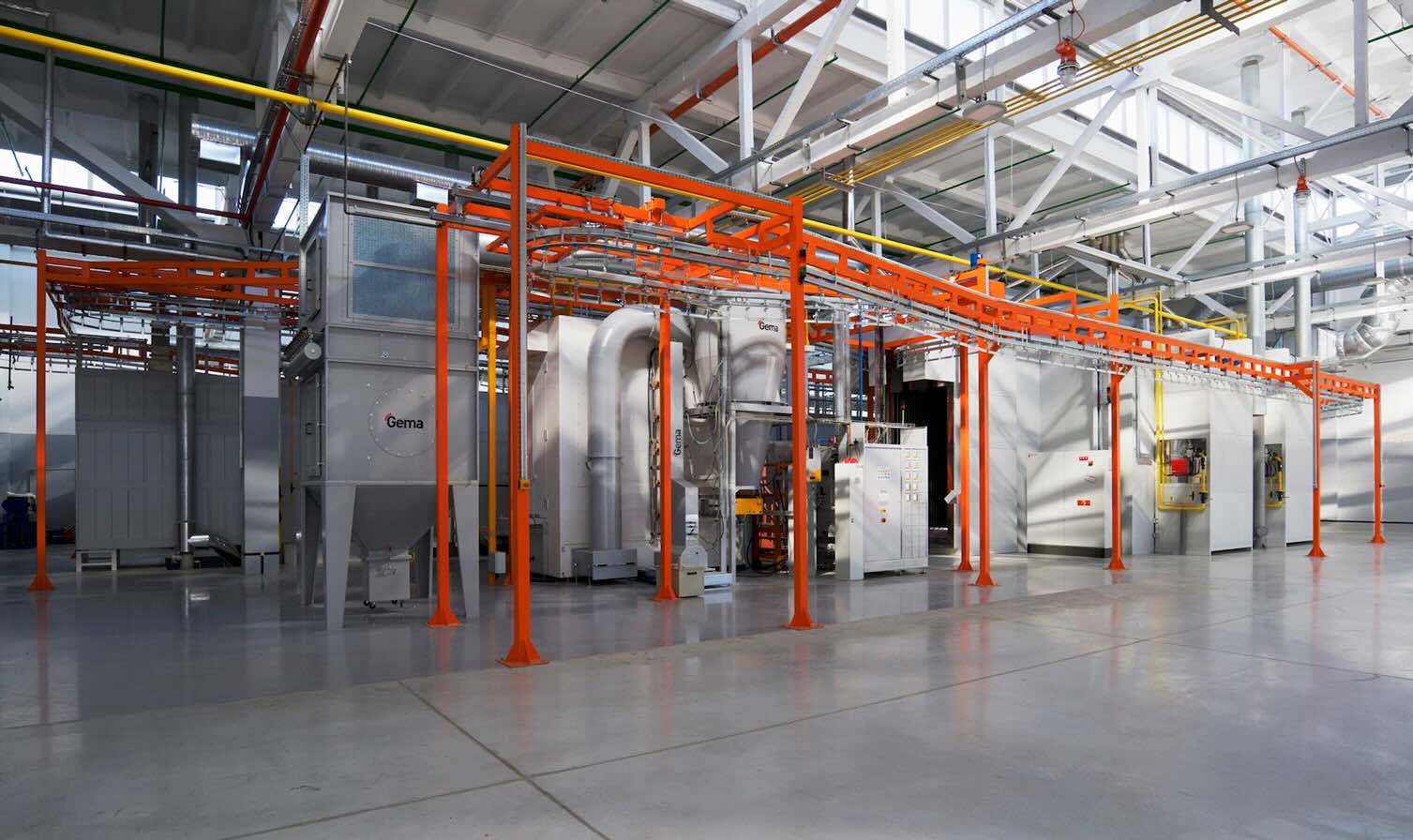

Home Maintenance
When Should The Shop Ventilation System Be Turned On?
Modified: March 6, 2024
Learn the ideal time to turn on your shop ventilation system for effective home maintenance. Ensure a healthy and safe working environment with proper air circulation.
(Many of the links in this article redirect to a specific reviewed product. Your purchase of these products through affiliate links helps to generate commission for Storables.com, at no extra cost. Learn more)
Introduction
Welcome to our comprehensive guide on shop ventilation systems and when to turn them on. Whether you are a homeowner or a professional in the maintenance industry, having a well-functioning ventilation system in your shop is crucial for maintaining a healthy and comfortable working environment.
Shop ventilation systems come in various forms, such as exhaust fans, air purifiers, and HVAC systems. They help to remove pollutants, odors, and excess moisture from the air, creating a safer and more pleasant space for you to work in. However, knowing when to turn on your shop ventilation system is just as important as having one installed.
In this article, we will explore the importance of shop ventilation systems, discuss the factors you should consider, explore different types of ventilation systems, and provide guidance on when to turn them on. Additionally, we will highlight the benefits of proper timing and identify factors that may affect the timing of operating your shop’s ventilation system.
So, whether you are a woodworker, a mechanic, or a hobbyist whose shop is their sanctuary, keep reading to learn how to optimize your shop’s ventilation system for a healthier and more enjoyable work environment.
Key Takeaways:
- Proper timing of your shop’s ventilation system is crucial for maintaining a healthy and comfortable working environment. Consider factors like the type of activities, shop size, and number of occupants to optimize air quality and safety.
- Turning on your shop’s ventilation system before starting work, running it during polluting activities, and considering specific needs can improve air quality, reduce odors, and enhance safety. Proper timing also contributes to energy efficiency and lower utility costs.
Read more: When Should You Replace HVAC System
Importance of Shop Ventilation System
A shop ventilation system plays a crucial role in maintaining a safe and healthy working environment. It is responsible for controlling air quality, removing contaminants, and providing proper air circulation. Here are some key reasons why a shop ventilation system is important:
- Removal of Pollutants: Shops can produce various pollutants, including dust, fumes, chemicals, and gases. Breathing in these contaminants can have detrimental effects on your health. A well-designed and functioning ventilation system helps to remove these pollutants from the air, preventing respiratory issues and minimizing the risk of long-term health problems.
- Reduction of Odors: Many activities in a shop, such as painting, welding, or working with solvents, can produce strong and unpleasant odors. A ventilation system helps to extract these odors, creating a more pleasant working environment for you and anyone else in the vicinity of the shop.
- Control of Humidity: Excessive humidity can lead to mold and mildew growth, which not only damages your equipment but also poses health risks. A shop ventilation system helps to regulate humidity levels by removing excess moisture from the air, reducing the likelihood of mold and maintaining a comfortable and safe environment.
- Prevention of Heat Buildup: Certain activities in a shop, such as using power tools or operating machinery, can generate a significant amount of heat. If not properly regulated, this heat buildup can lead to discomfort, fatigue, and even heat-related illnesses. A well-designed ventilation system helps to dissipate the heat, ensuring a cooler working environment and preventing heat-related health issues.
- Improvement of Air Circulation: Adequate air circulation is essential for maintaining a comfortable and fresh workspace. A ventilation system helps to evenly distribute airflow, preventing stagnant air pockets and improving overall comfort. This is particularly important in shops with limited windows or natural ventilation options.
In summary, a shop ventilation system is vital for maintaining a healthy and safe working environment. It helps to remove pollutants, control odors, regulate humidity, prevent heat buildup, and improve air circulation. By investing in a quality ventilation system and using it appropriately, you can create a more productive and enjoyable workspace while safeguarding your health and well-being.
Factors to Consider
Before determining when to turn on your shop ventilation system, there are several important factors to consider. Each shop is unique, and different factors may influence the timing and usage of the ventilation system. Here are some key factors to keep in mind:
- Type of Activities: The type of activities conducted in your shop will greatly impact the air quality. For example, if your shop involves activities such as welding, soldering, or painting, there will likely be higher levels of pollutants and fumes that need to be removed. In such cases, you may need to have the ventilation system operational throughout the duration of these activities.
- Size of the Shop: The size of your shop will affect the airflow and ventilation requirements. Larger shops may require multiple ventilation systems or strategically placed fans to ensure proper air circulation. Take into account the dimensions of your shop when determining the timing and operation of the ventilation system.
- Number of Occupants: Consider the number of people who regularly occupy the shop space. More occupants can increase the accumulation of airborne pollutants, so it may be necessary to have the ventilation system running more frequently or for extended periods of time.
- Outdoor Air Quality: If the outdoor air quality is poor, it may be beneficial to run the ventilation system more frequently to bring in fresh air and filter out any pollutants. Make sure to monitor the air quality index in your area and adjust the operation of the system accordingly.
- Local Regulations and Guidelines: Check local regulations and guidelines to ensure compliance with any specific requirements regarding shop ventilation. Certain industries or activities may have specific guidelines that dictate the operation and maintenance of the ventilation system.
- Seasonal Considerations: Consider the seasonal variations in your area. In the summer months, you may need to run the ventilation system more frequently to combat heat buildup and maintain a comfortable temperature. In the winter months, proper ventilation can help remove excess humidity and prevent condensation on tools and equipment.
By taking these factors into account, you can make informed decisions about when to turn on your shop ventilation system. Remember, it is essential to prioritize the health and safety of yourself and anyone else working in the shop environment.
Types of Shop Ventilation Systems
There are several types of shop ventilation systems available, each designed to cater to different needs and environments. Understanding the different types can help you choose the most suitable system for your shop. Here are some common types of shop ventilation systems:
- Exhaust Fans: Exhaust fans are a popular choice for shop ventilation. They work by pulling the stale air out of the shop and expelling it outside. This type of ventilation system is effective at removing pollutants, odors, and excess moisture. Exhaust fans can be wall-mounted or ceiling-mounted, depending on the layout of your shop.
- Air Purifiers: Air purifiers work by filtering the air and removing particles such as dust, allergens, and pollutants. They are particularly beneficial for shops with allergies or sensitivities. Air purifiers come in various sizes and filtration capacities, so you can choose one that suits the size and needs of your shop.
- HVAC Systems: HVAC (Heating, Ventilation, and Air Conditioning) systems are comprehensive systems that provide both heating and cooling along with ventilation. They are commonly used in larger shops and commercial spaces. HVAC systems offer precise control over temperature, humidity, and air quality, ensuring a comfortable and healthy working environment.
- Portable Ventilation Units: Portable ventilation units are versatile systems that can be moved around the shop as needed. They are beneficial in shops where airflow needs to be directed to specific areas or where the layout is constantly changing. Portable ventilation units often have built-in filters to remove contaminants from the air.
- Natural Ventilation: Natural ventilation makes use of windows, doors, and vents to allow fresh air to enter the shop and stale air to exit. While natural ventilation is beneficial, it may not be sufficient for shops with high pollutant levels or limited airflow. It is often used in conjunction with other ventilation systems to ensure proper airflow.
Each type of ventilation system has its advantages and considerations. When choosing a ventilation system for your shop, consider factors such as the size of your shop, the type of activities conducted, and the desired level of control over air quality and temperature. Consulting with a shop ventilation specialist can help you determine the best system for your specific needs.
Remember, regular maintenance, including cleaning or replacing filters and inspecting the system for any issues, is important for optimal performance and longevity of your chosen ventilation system.
The shop ventilation system should be turned on whenever any work involving chemicals, dust, or fumes is being done. This will help to maintain air quality and keep workers safe.
When to Turn On the Shop Ventilation System
Determining when to turn on your shop ventilation system is crucial for maintaining a healthy and comfortable working environment. While the specific timing may vary depending on the factors discussed earlier, here are some general guidelines to consider:
- Before Starting Work: It is advisable to turn on the shop ventilation system before you begin any work activities. This helps to prepare the space by removing any stagnant air and ensuring a fresh and clean environment from the start.
- During Polluting Activities: If your shop involves activities that generate dust, fumes, or odors, it is important to run the ventilation system continuously during those activities. This ensures that pollutants are promptly removed from the air, minimizing exposure and maintaining good air quality.
- Keep it Running: In some cases, it may be beneficial to keep the ventilation system running even after you have finished working. This aids in clearing out any residual contaminants, reducing lingering odors, and maintaining optimal air quality as you clean up and leave the shop.
- Consider Occupancy: If you work alone in your shop, it may be sufficient to turn on the ventilation system when you are present and actively engaged in activities. However, if there are multiple people working in the shop, it is advisable to run the system continuously to ensure everyone’s health and safety.
- Adapt to Specific Needs: Depending on the nature of your work and the specific conditions in your shop, you may need to adjust the timing and duration of running the ventilation system. For example, if you are using hazardous materials that require additional measures for ventilation, follow the guidelines provided by the material’s manufacturer.
Ultimately, the goal is to maintain a healthy and comfortable working environment by utilizing the shop ventilation system when it is most needed. By considering the type of activities, the size of your shop, the number of occupants, and other factors discussed earlier, you can determine the most appropriate timing for turning on and operating your shop’s ventilation system.
Remember to follow any specific guidelines or regulations that apply to your industry or location. Regularly inspect and maintain your ventilation system to ensure optimal performance and air quality in your shop.
Read more: Why Is My HVAC Running When Turned Off
Benefits of Proper Timing
Proper timing of your shop ventilation system can provide numerous benefits, ensuring a healthier and more comfortable working environment. Here are some key benefits of timing your ventilation system correctly:
- Improved Air Quality: Turning on the ventilation system at the right time helps to remove pollutants, dust, fumes, and odors from the air. This leads to better air quality, reducing the risk of respiratory issues and improving overall comfort for you and anyone else working in the shop.
- Enhanced Safety: Operating the ventilation system during polluting activities, such as spraying paint or working with hazardous chemicals, helps to minimize exposure to harmful substances. It creates a safer working environment by quickly removing and diluting airborne contaminants.
- Prevention of Health Issues: Proper timing of the ventilation system can help prevent health issues caused by poor indoor air quality. By swiftly removing pollutants and maintaining clean air, you reduce the risk of respiratory problems, allergies, and other health conditions related to poor air quality.
- Reduced Odor: The timely operation of the ventilation system helps to eliminate unpleasant odors that may arise from various shop activities. This creates a more pleasant and comfortable environment for you and others working in the shop.
- Regulation of Temperature and Humidity: A well-timed ventilation system can help to regulate the temperature and humidity levels in your shop. This is especially important during hot or humid weather, helping to prevent heat-related discomfort and excessive moisture that can lead to mold and mildew issues.
- Energy Efficiency: Proper timing and control of the ventilation system can contribute to energy efficiency. By only running the system when necessary and optimizing airflow, you can minimize energy consumption and reduce utility costs.
By considering the activities in your shop, the number of occupants, and the specific requirements of your ventilation system, you can maximize these benefits and create a healthier and more comfortable working environment.
Remember, maintaining the ventilation system, including regular filter replacements or cleanings, is essential to ensure optimal performance and continue enjoying these benefits.
Factors That May Affect Timing
Timing the operation of your shop ventilation system involves considering various factors that may affect its optimal functioning. By being aware of these factors, you can adjust the timing of your ventilation system to ensure maximum effectiveness. Here are some key factors to keep in mind:
- Type of Shop Activities: Different activities in your shop may produce varying levels of pollutants, fumes, or odors. Activities such as welding, painting, or using chemicals may require the ventilation system to be running continuously during those tasks. Consider the specific activities you engage in and adjust the timing accordingly.
- Duration of Activities: The length of time you spend on certain activities can impact the timing of your ventilation system. Longer or more intensive tasks may necessitate extended operation of the ventilation system to ensure proper air quality throughout the duration of the activity.
- Time of Day: Depending on your location, outdoor air quality and temperature can vary throughout the day. Consider running the ventilation system during times when outdoor air quality is better, or during cooler parts of the day to help maintain a comfortable working environment.
- Weather Conditions: Weather conditions, such as high humidity or extreme temperatures, can impact the functioning of your ventilation system. In hot and humid weather, running the ventilation system more frequently can help prevent heat buildup and reduce moisture levels in the air, while in colder weather, it may be necessary to minimize operation to prevent excessive heat loss.
- Number of Occupants: The number of people working in the shop at any given time can affect the timing of the ventilation system. More occupants can lead to increased pollutant generation, requiring more frequent or extended operation of the ventilation system to maintain optimal air quality.
- Size and Layout of the Shop: The size and layout of your shop can impact the airflow and circulation within the space. It may be necessary to run the ventilation system for longer periods or employ additional fans to ensure adequate airflow in larger or oddly shaped shops.
- Local Regulations and Guidelines: Be sure to familiarize yourself with any local regulations or guidelines regarding the operation of shop ventilation systems. Some industries or locations may have specific requirements that dictate the timing and operation of these systems.
By considering these factors, you can determine the most appropriate timing for operating your shop ventilation system. Keep in mind that it may require some trial and error to find the optimal schedule that balances air quality, comfort, and energy efficiency.
Regular monitoring of the air quality in your shop, along with periodic maintenance and filter replacements, will ensure that your ventilation system continues to function effectively and provides a healthy and comfortable working environment for you and your colleagues.
Conclusion
A well-functioning shop ventilation system is essential for maintaining a safe and healthy working environment. By considering factors such as the type of activities conducted, the size of your shop, and the number of occupants, you can determine the optimal timing for operating your ventilation system.
Proper timing ensures the removal of pollutants, control of odors, regulation of humidity levels, prevention of heat buildup, and improvement of air circulation. By turning on your ventilation system before starting work, running it continuously during polluting activities, and considering the specific needs of your shop, you can reap the benefits of enhanced air quality and increased safety.
Timing your shop ventilation system also helps to prevent health issues caused by poor indoor air quality and reduces odors, creating a more pleasant and comfortable working environment. Additionally, proper timing can contribute to energy efficiency and reduce utility costs.
Remember to consider external factors such as weather conditions, local regulations, and the layout of your shop when determining the timing of your ventilation system. Regular maintenance, including filter replacements and system inspections, is crucial to ensure optimal performance and longevity of your ventilation system.
By prioritizing the health and comfort of yourself and others working in the shop, and by making informed decisions about when to turn on your ventilation system, you can create a productive and enjoyable workspace. So, take the necessary steps to optimize your shop’s ventilation system and breathe easier while you work.
Frequently Asked Questions about When Should The Shop Ventilation System Be Turned On?
Was this page helpful?
At Storables.com, we guarantee accurate and reliable information. Our content, validated by Expert Board Contributors, is crafted following stringent Editorial Policies. We're committed to providing you with well-researched, expert-backed insights for all your informational needs.
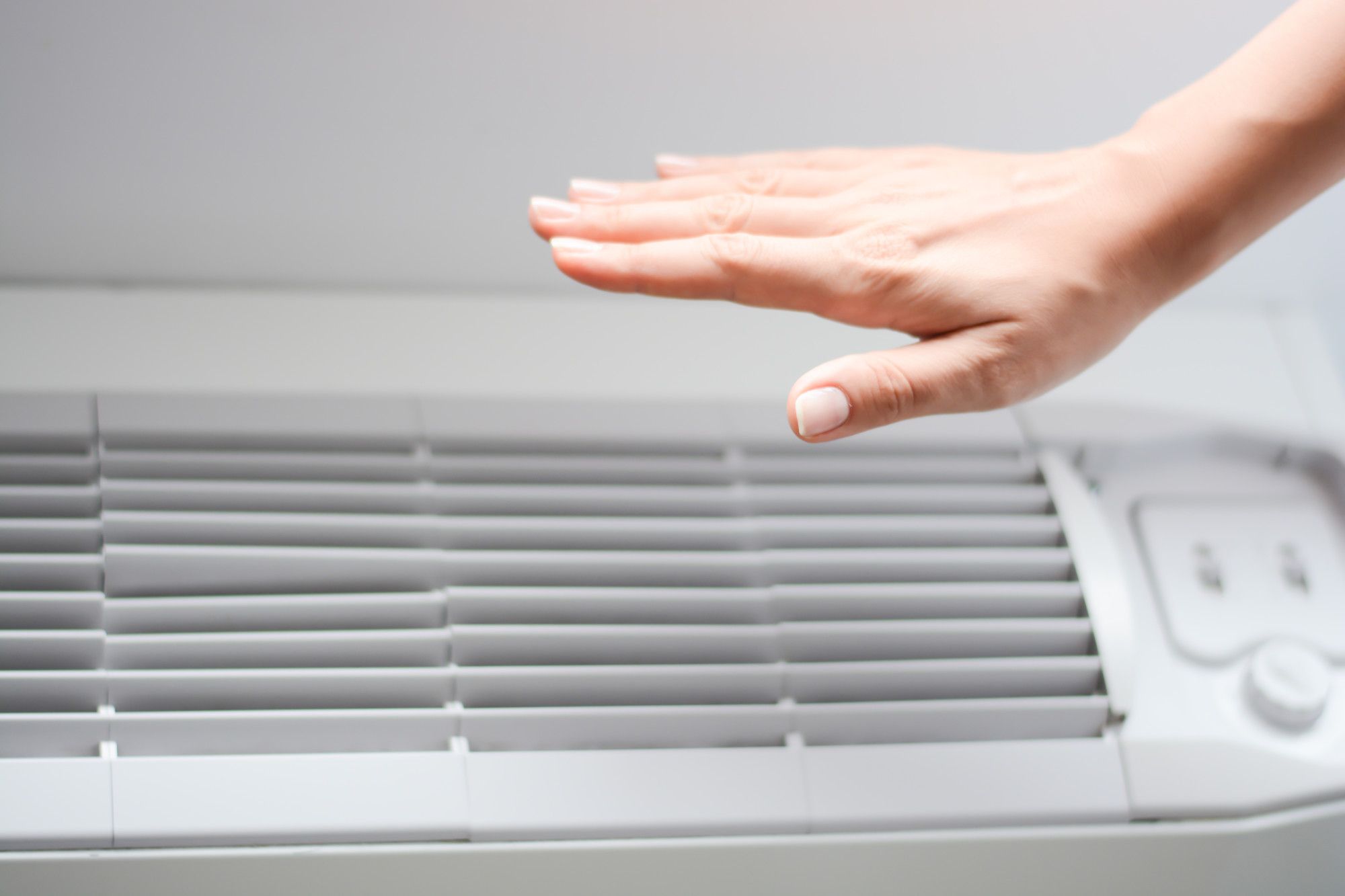
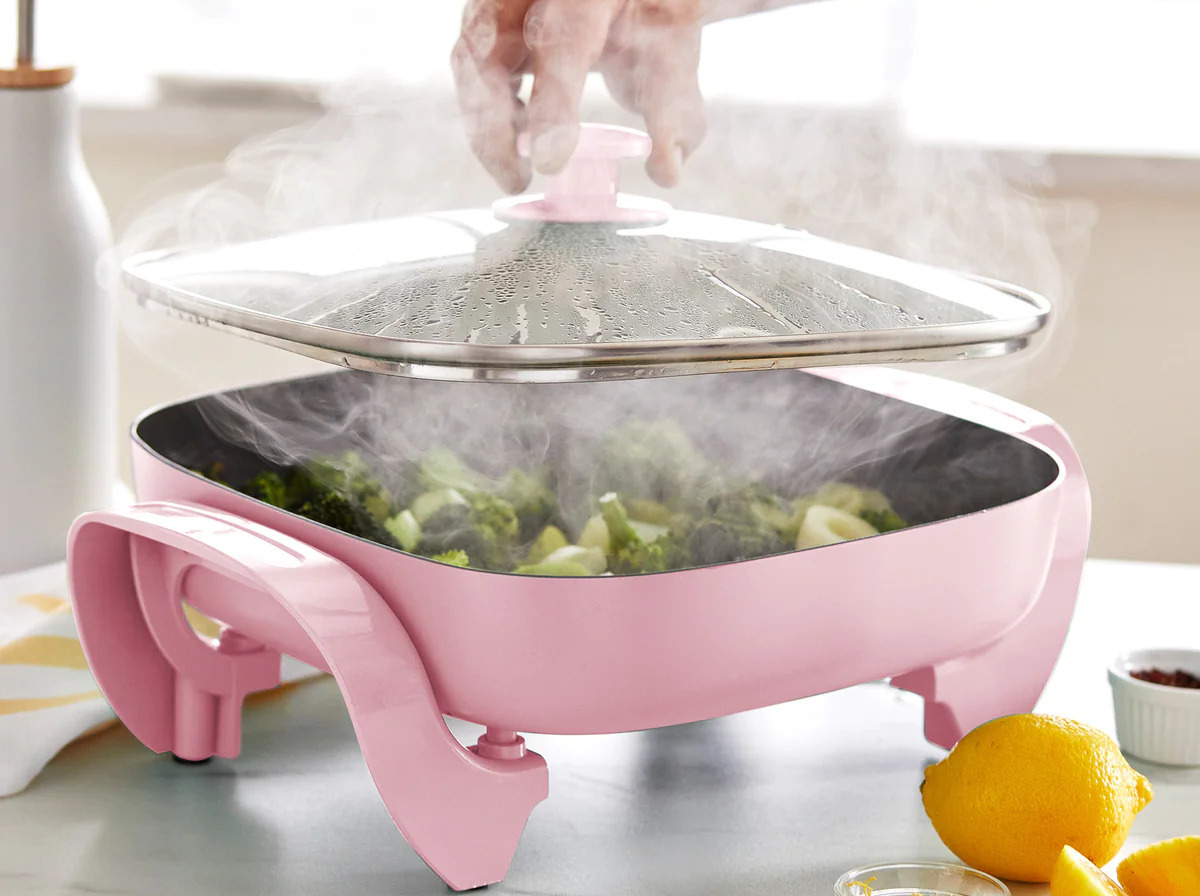
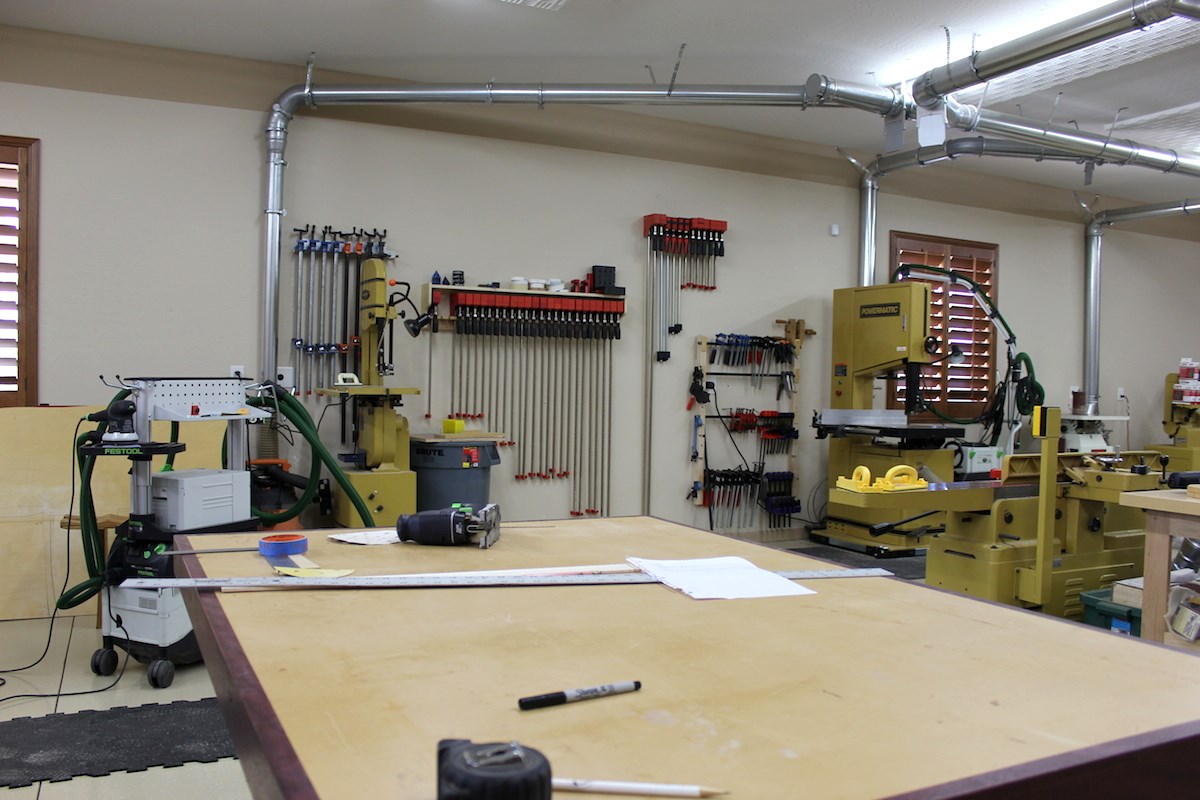
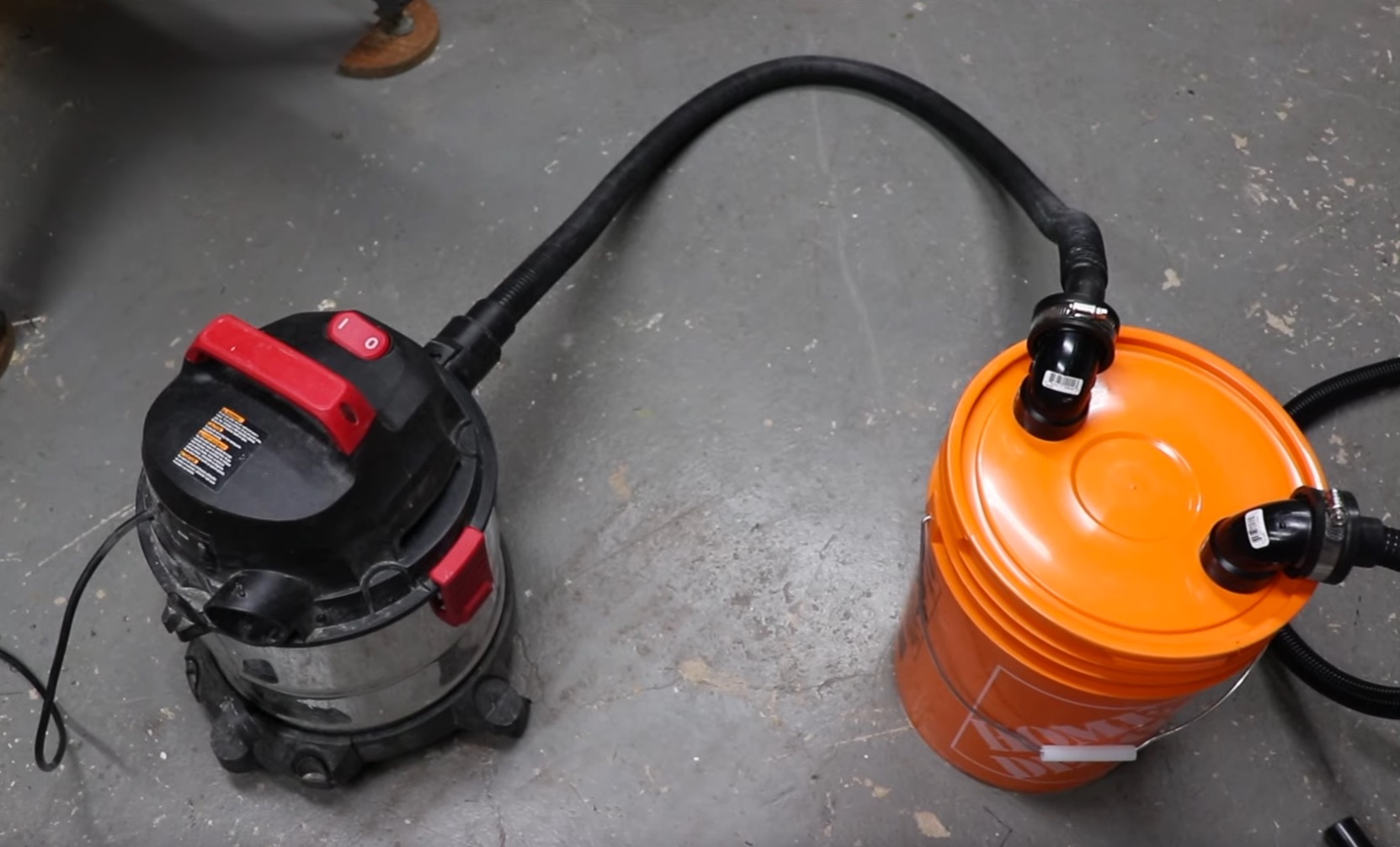
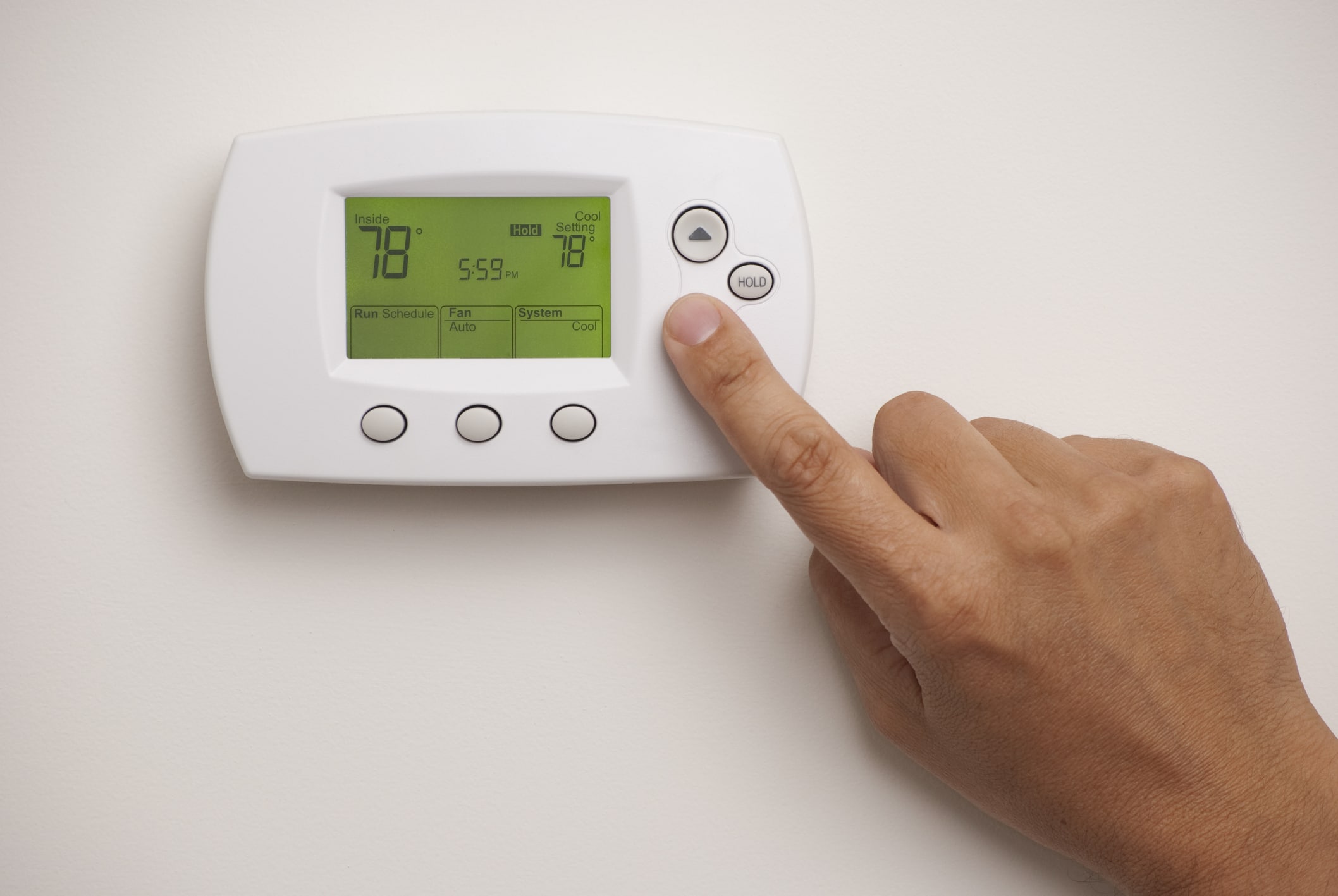
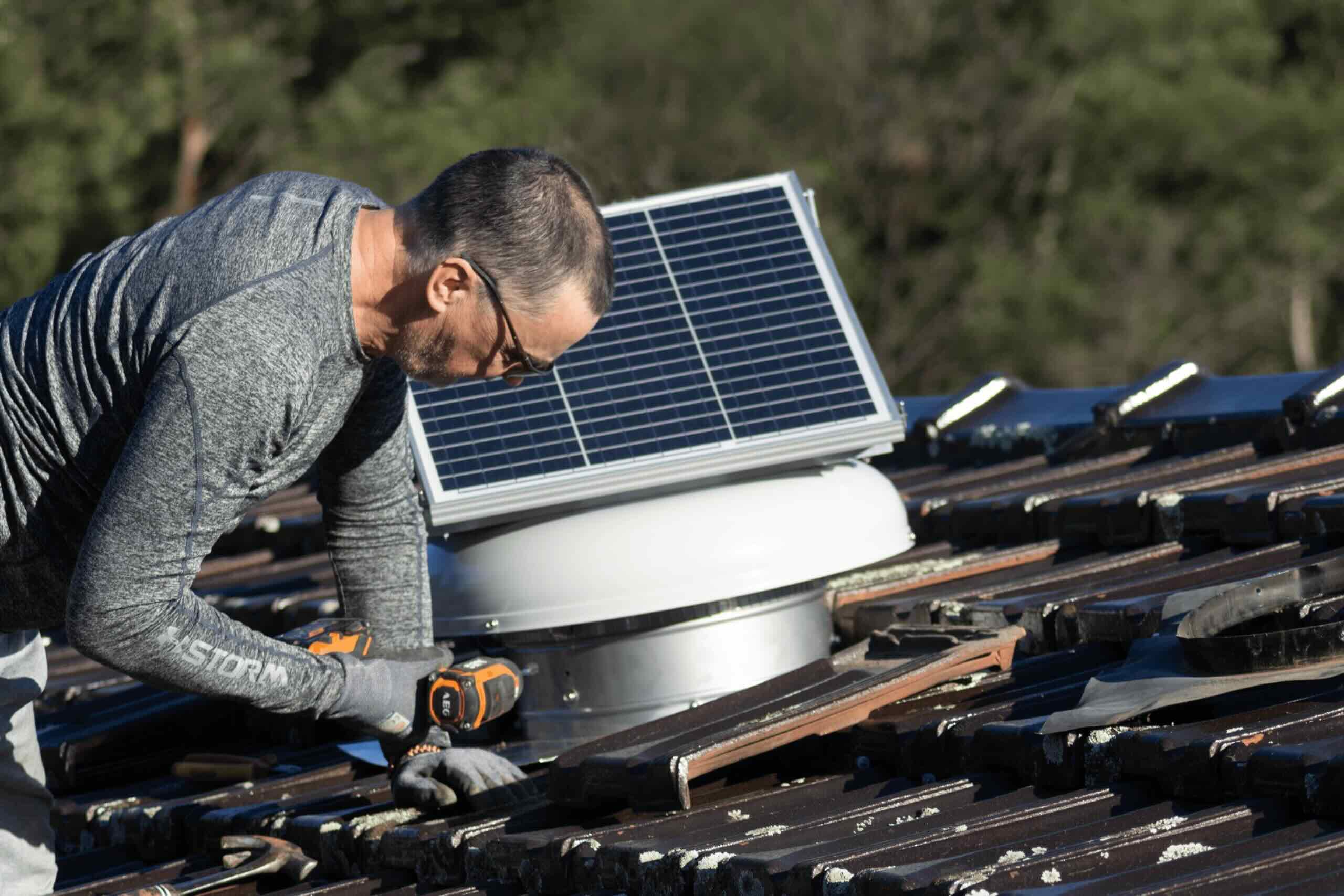
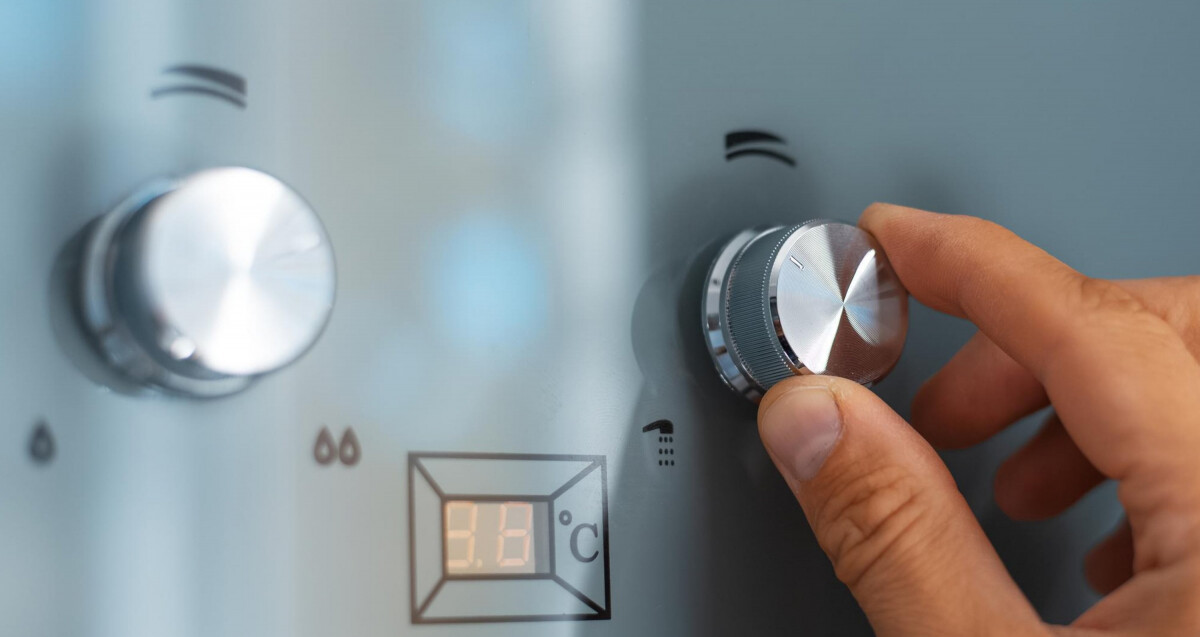

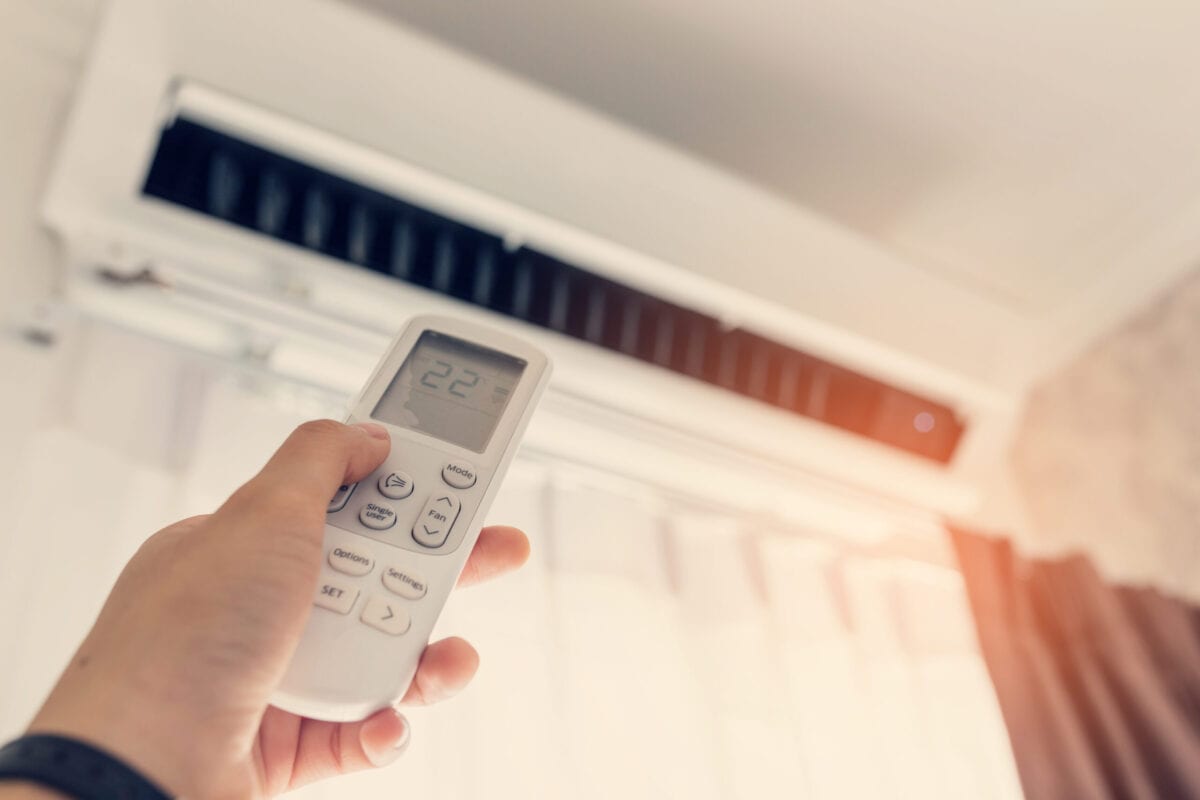
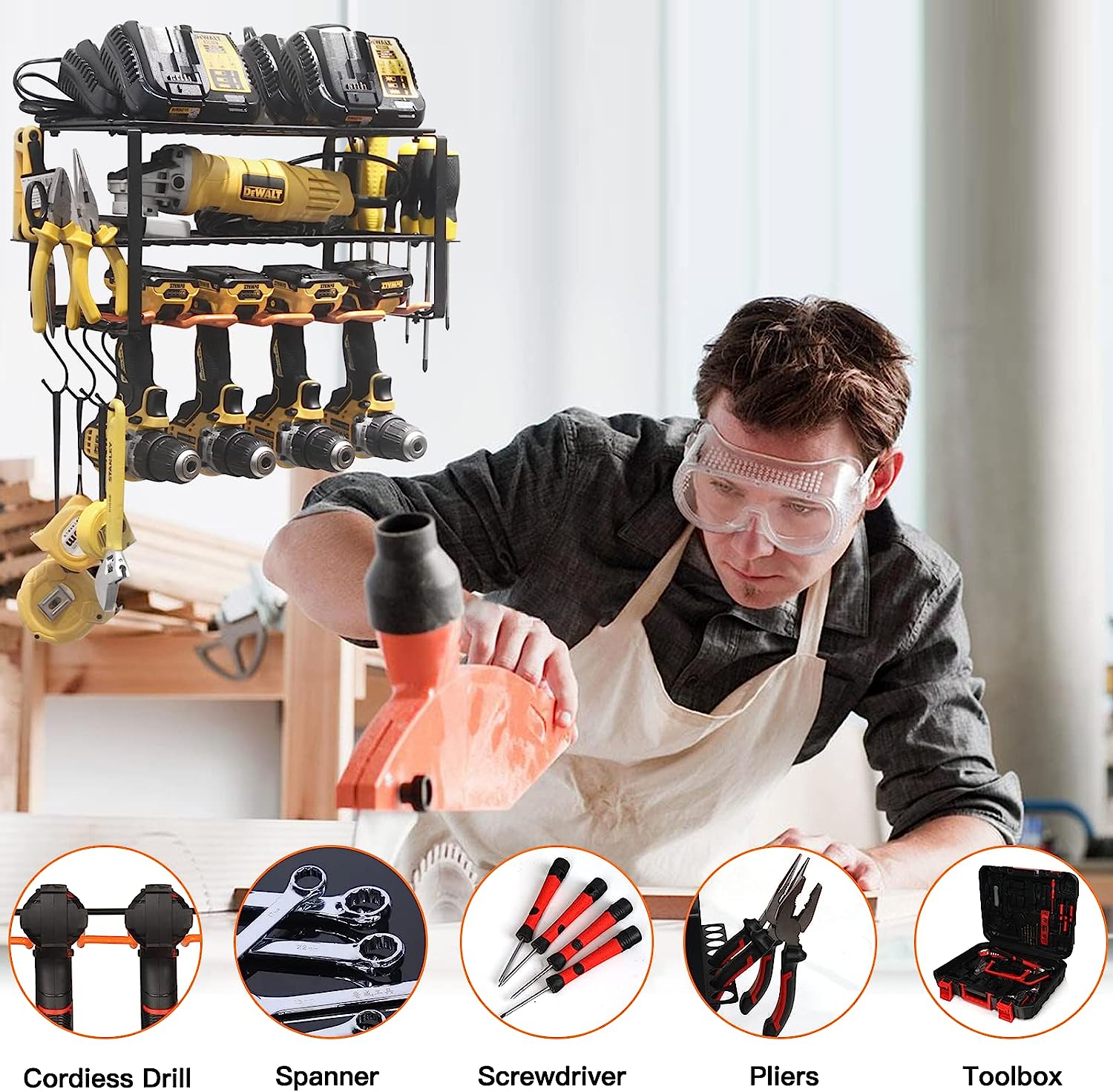
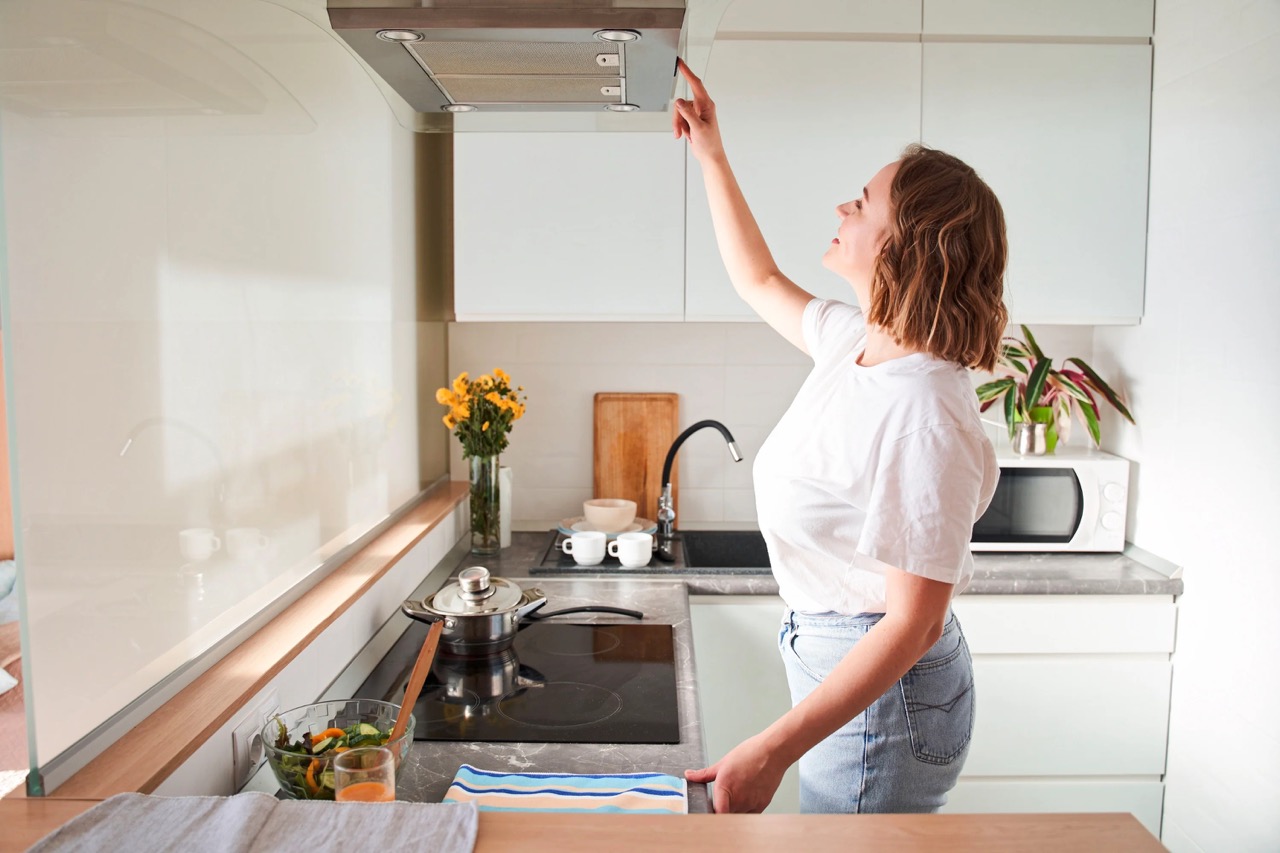
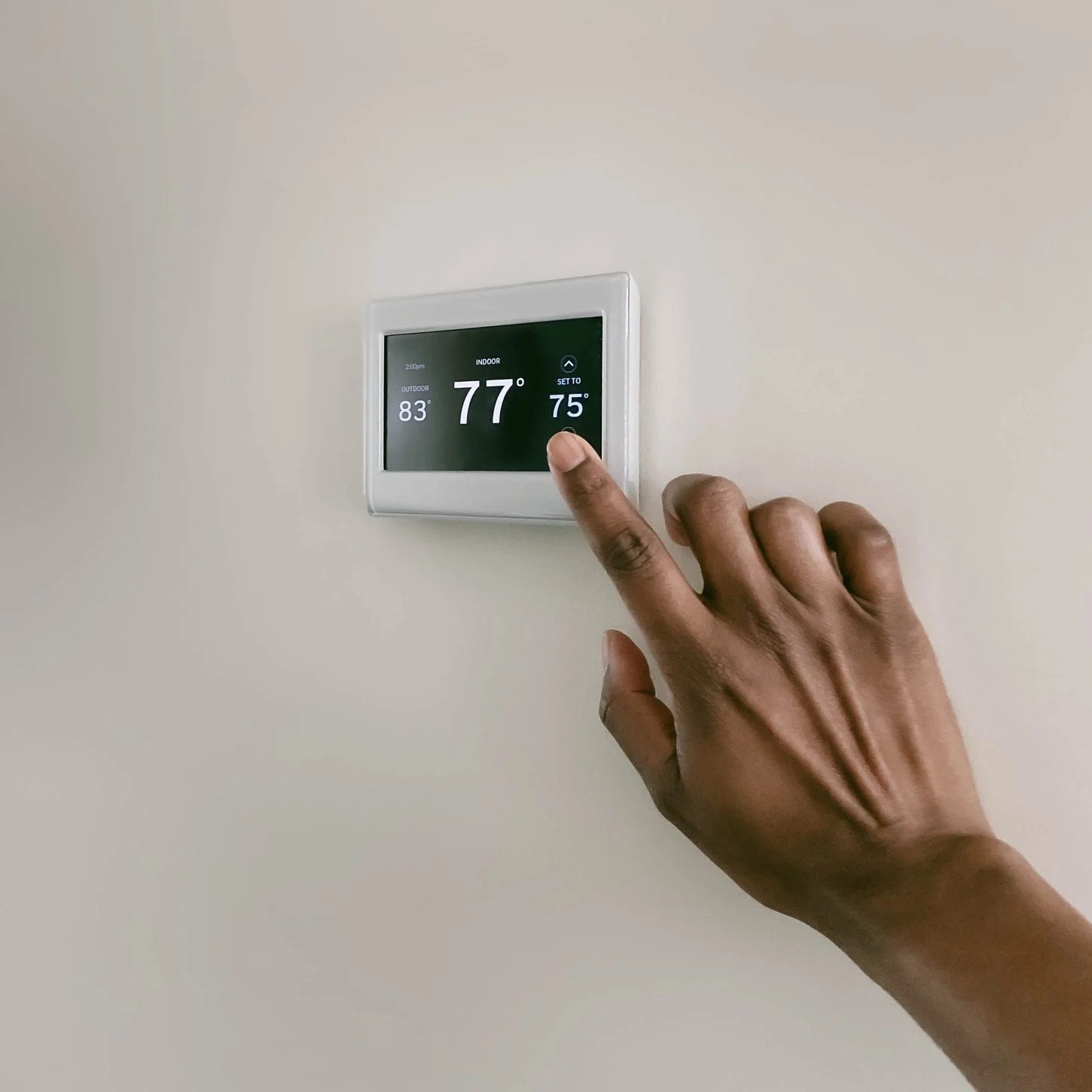
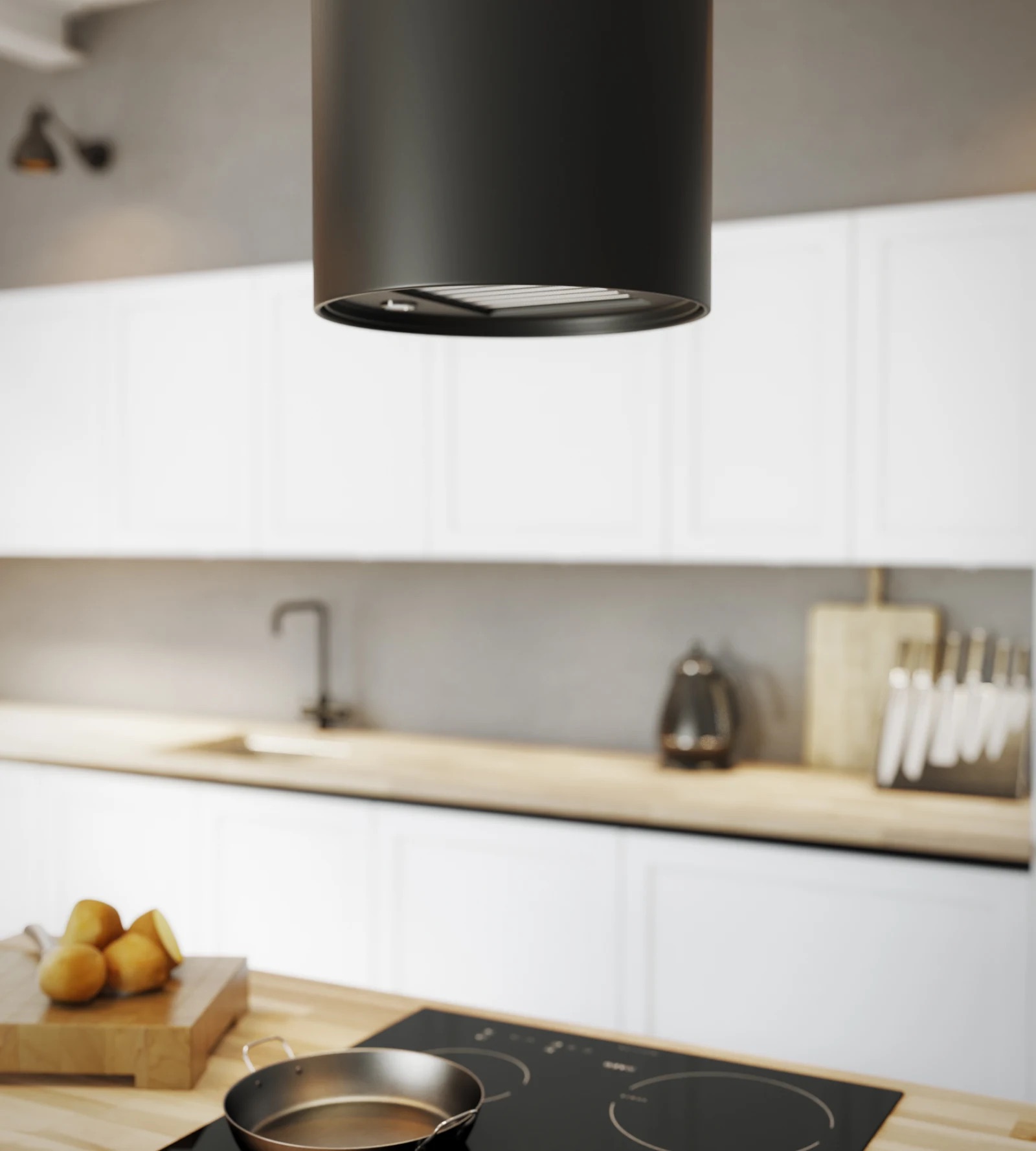


0 thoughts on “When Should The Shop Ventilation System Be Turned On?”